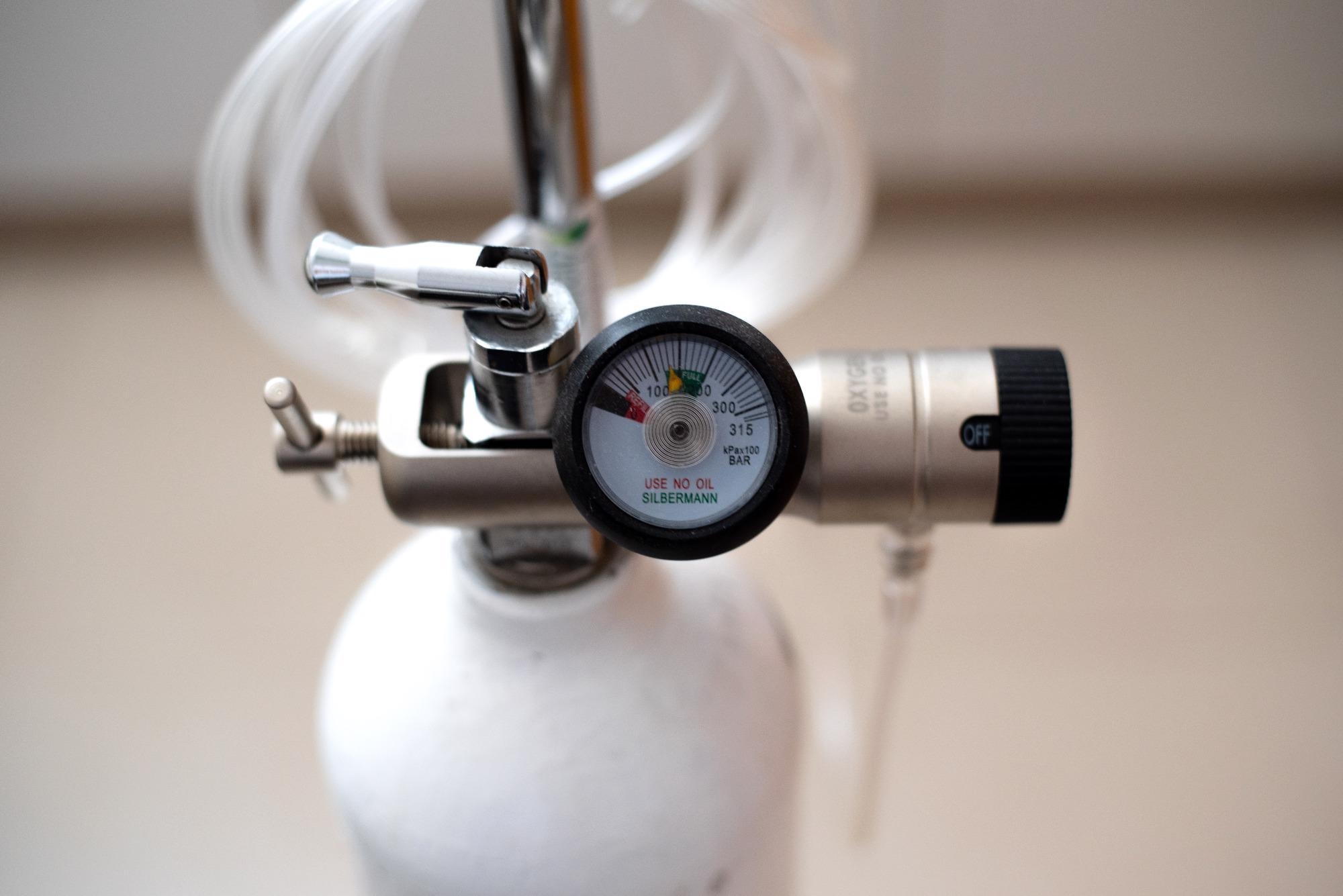SARS-CoV-2 efficiently transmits via inhalation of contaminated aerosols or by touching contaminated surfaces. Furthermore, these virus particles have been shown to maintain their infectiousness on contaminated surfaces for up to 21 days in winter, up to 7 days in spring/fall environments, and up to 3-4 days in indoor environments. The control of coronavirus disease 19 (COVID-19), therefore, not only requires the implementation of prophylactic vaccines but an effective elimination of SARS-CoV-2 particles from the contaminated surfaces as well.
 Study: Ozone for SARS-CoV-2 inactivation on surfaces and in liquid cell culture media. Image Credit: vered sh / Shutterstock
Study: Ozone for SARS-CoV-2 inactivation on surfaces and in liquid cell culture media. Image Credit: vered sh / Shutterstock
Background
To date, several methods have been tested to eliminate SARS-CoV-2 from the environment, including chemical disinfection, heat inactivation, and UV irradiation. Chemical disinfectants have been either used in gas form (e.g., ozone, H2O2 vapors) or liquid form (e.g., chlorine-based agents, H2O2), with unique advantages and disadvantages of each.
Ozone, a gas and a strong oxidant, is more effective than other chemical disinfectants and can be easily applied in small and large zones. Moreover, it can be quickly produced from oxygen, and later after treatment, it decomposes back to safe oxygen.
Ozone is particularly lethal against viruses through peroxidation of their surface lipids present in the virus envelope and damages the protein capsid and genome. In addition, enveloped viruses (like SARS-CoV-2) are more vulnerable to ozone than non-enveloped viruses due to the high reactivity of ozone with the lipid bilayer of the envelope.
The efficacy of ozone gas to inactivate surface or airborne viruses depends on several operating factors, including the product ozone concentration times exposure time (CT value), the relative humidity (RH), the chemical composition of the media carrying the virus (water/ biological fluid/ aerosol, or dried/wet surface), and the texture of the surface. None of the studies done so far have tested all these factors on the efficacy of ozone as a SARS-CoV-2 disinfectant.
Ozone is effective for the inactivation of SARS-CoV-2 in liquid cell culture media and on surfaces
Ozone attacked the virus rapidly in liquid cell culture media at a rate constant of 7 × 105 M-1 s-1 and reduced the SARS-CoV-2 at a rate of 0.92 ± 0.11 log10-reduction per ozone CT dose (mg min/L). In addition, the ozone consumption was about 8 times higher in the presence of the virus solution when compared to no virus control. The team suggests that the high ozone depletion in the presence of the virus was not only due to ozone consumption by the virus itself but also by constituents of the culture media.
The surface experiments (culture media containing virus was dried on a plastic surface) demonstrated that the synergistic effect of CT and RH is the key to virus inactivation. The virus reduction rate varied from 0.01 to 0.27 log10-reduction per ozone CT value (g min/m3), with RH ranging from 17% to 70%. RH 70% was suggested as a plausible working relative humidity since it provided the highest SARS-CoV-2 disinfection rate while staying below the critical RH that promotes mold growth in buildings.
The ozone mass transfer experiments demonstrated that the ozone flux to a liquid surface was 100 times higher than to a dried surface, suggesting that the rehydration of dried virus medium at high RH enhanced virus exposure to ozone, thereby its inactivation.
The team also found that the composition of the medium could limit viral inactivation through depletion of ozone by competitive reactions (such as the constituents present in the cell culture media or the biological fluids), mass transfer limiting the penetration of ozone to the bulk of the matrix, and potential occlusion of the virus in crystalline materials (upon drying, the inorganic salts in solution crystallize and occlude the virus).
Type of surface/material affects SARS-CoV-2 inactivation
Evaluation of the SARS-CoV-2 inactivating effect of gaseous ozone on different surface materials demonstrated that the ozone effectively reduced infectious virus by 99% on all rigid, inert surfaces, i.e., stainless steel, glass, and plastic. Copper, known to show antimicrobial effect, was found to inactivate the virus even in the absence of ozone.
Moreover, post-ozone treatment, the virus could not be recovered from the tested porous materials i.e., ambulance seat and ambulance floor, giving room for speculations that the porous ambulance seat and floor either inactivated or trapped the virus particles, preventing their elution during virus recovery.
“Through careful choice of (CT, RH), gaseous ozone is effective against SARS-CoV-2 and our results are of significance to a growing field where ozone is applied to control the spread of COVID-19”, concludes the team.